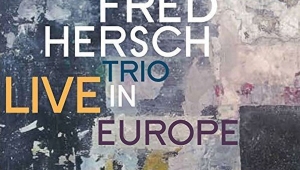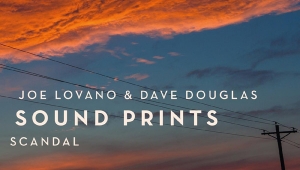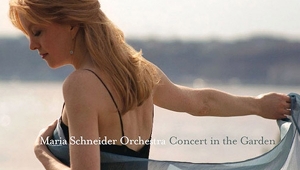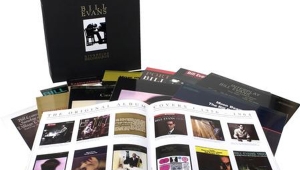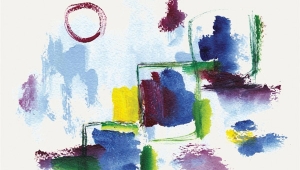| Columns Retired Columns & Blogs |
I know that CTI lacks the aficionado credibility of the Blue Note catalog, but, a few of the CTI Van Gelder albums have good or great music in superior sound.
My favorite being Jim Hall's "Concierto," jazz as chamber music, all live in the same room (excepting Hall's classical-guitar overdubs).
There were giants in the earth in those days.
john marks



